The project is planned to involve showcasing work in Gaza itself, but also sending pieces to be exhibited abroad – an exceptional challenge amid military onslaught, and when movement of people and goods is severely restricted.
Palestinian artists in Gaza have announced that they are planning to stage a "biennale" exhibition as an act of resistance against Israel’s military assault.
According to a press release, over 40 artists are taking part in the project, which affirms “that Palestinian art pierces through all besieged spaces”.
They plan to showcase their work within the embattled coastal strip and are seeking international galleries to host exhibitions around the world. However, the artists face a significant obstacle: finding a way to get their art across the Israeli siege lines to reach the global stage.
According to The Guardian, around a quarter of the exhibiting artists managed to cross into Egypt earlier in the war. For those remaining in Gaza, some plan to send their artworks out through aid workers, who are occasionally permitted to cross the border. Others will transmit their work electronically, in the form of images and videos, while a few will collaborate with artists in the West Bank to recreate their pieces remotely.
“The biggest artistic events in the world are called biennales, hosting the world’s most important artists to address the most important things in the world through their art. For us, the most important artists in the world now are the artists of Gaza,” a 26-year-old artist from Khan Younis, who is one of the initiative’s pioneers, told The Guardian, explaining the decision to dub the project a “biennale”.
What’s more, this word – denoting an event held every other year – stands for resilience: Gaza and her artistic community will still be standing in two years’ time.
In a manifesto launching the Gaza Biennale, the artists said the “urgent and exceptional event” represented “a creative step outside the traditional frameworks of exhibitions”.
As well as the “sensitivity and specificity of our situation”, the statement reads, the Biennale reflects, at its heart, “the struggle of a people to survive”.
The Guardian spoke to artist Rufaida Sehwail, who lost 17 years of work as an artist, and a library of close to a thousand books, when her home was bombed in October last year. She sees the Biennale as an act of defiance.
“Continuing to create art in the midst of war and oppression in Gaza is not just a creative act, it is an act of resistance and survival in itself,” she said. “While Israel focuses on erasing life and culture in Gaza, my continuity in art proves that life is still going on, and that the Palestinian identity will not be erased.”
Although the project is in its beginnings, and faces many challenges, Shatat remains optimistic.
“All the artists’ works will come out,” she told the Guardian. “They will see the light, and they will cross barriers, borders, and laws, and the whole world will see them. This is the power of art.”
As well as calling for support from galleries overseas, the Gaza Biennale has also launched a crowdfunding campaign.

 4 months ago
36
4 months ago
36
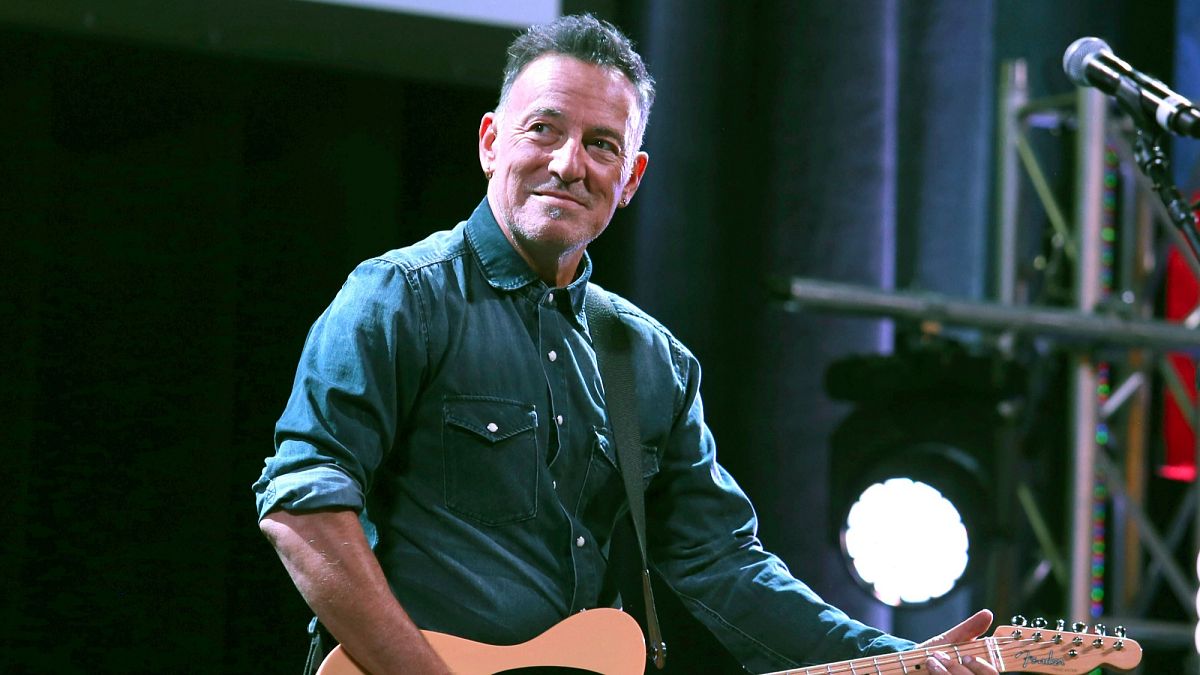
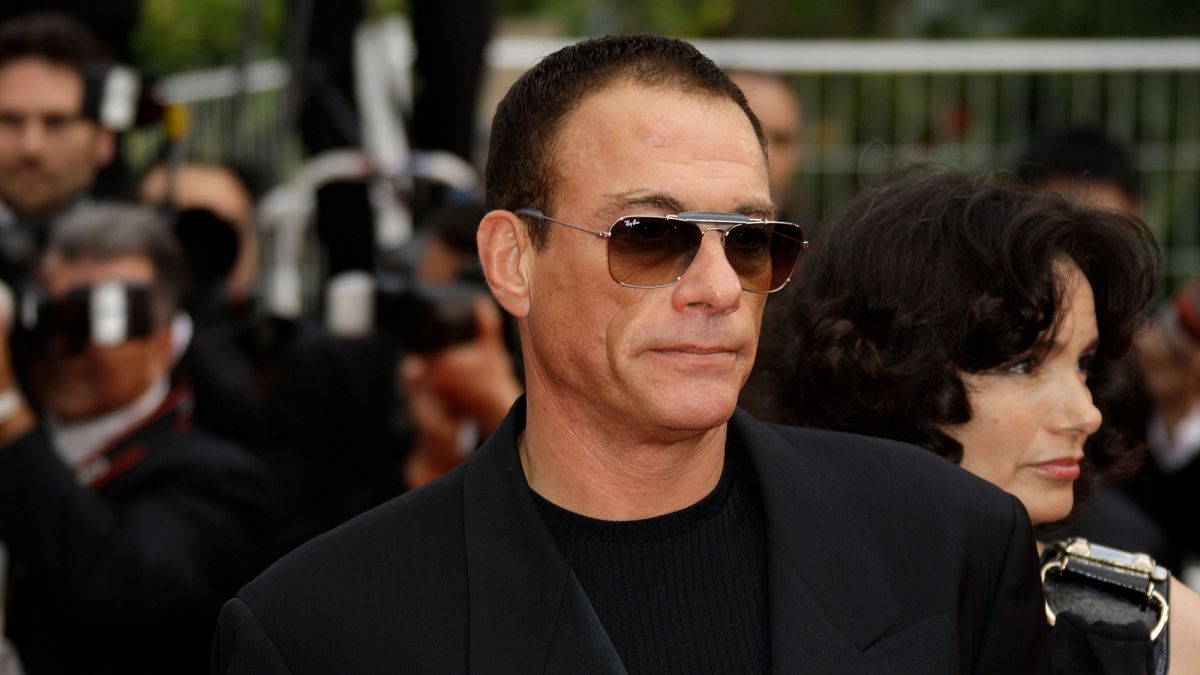
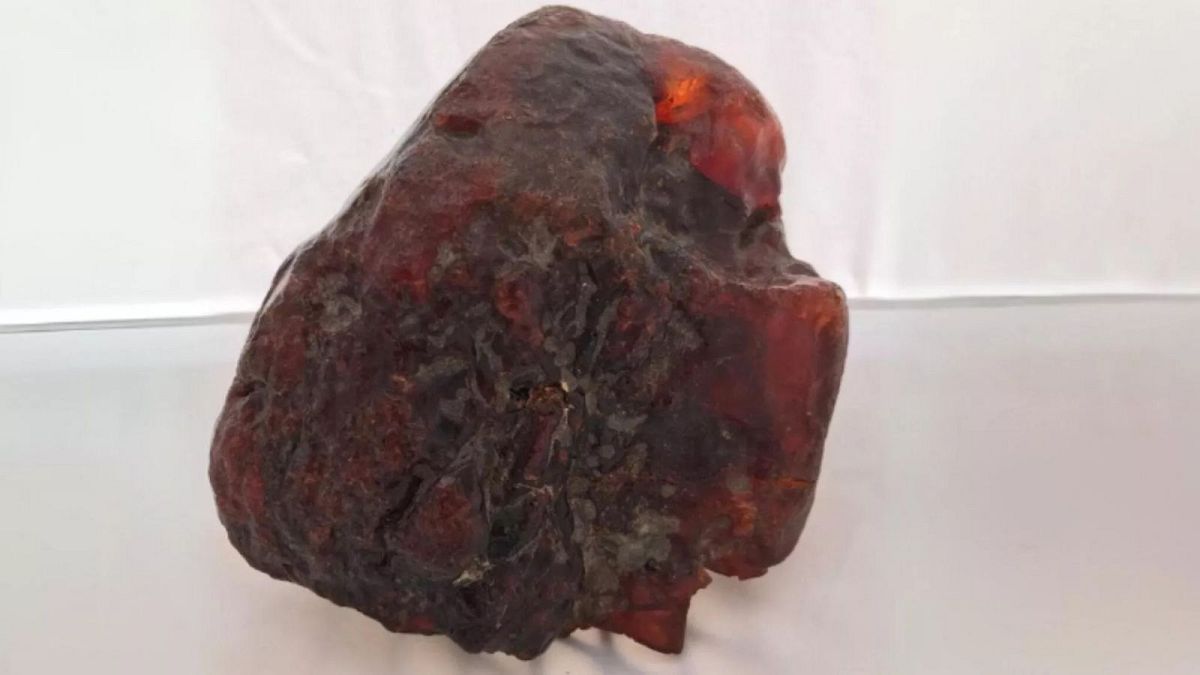
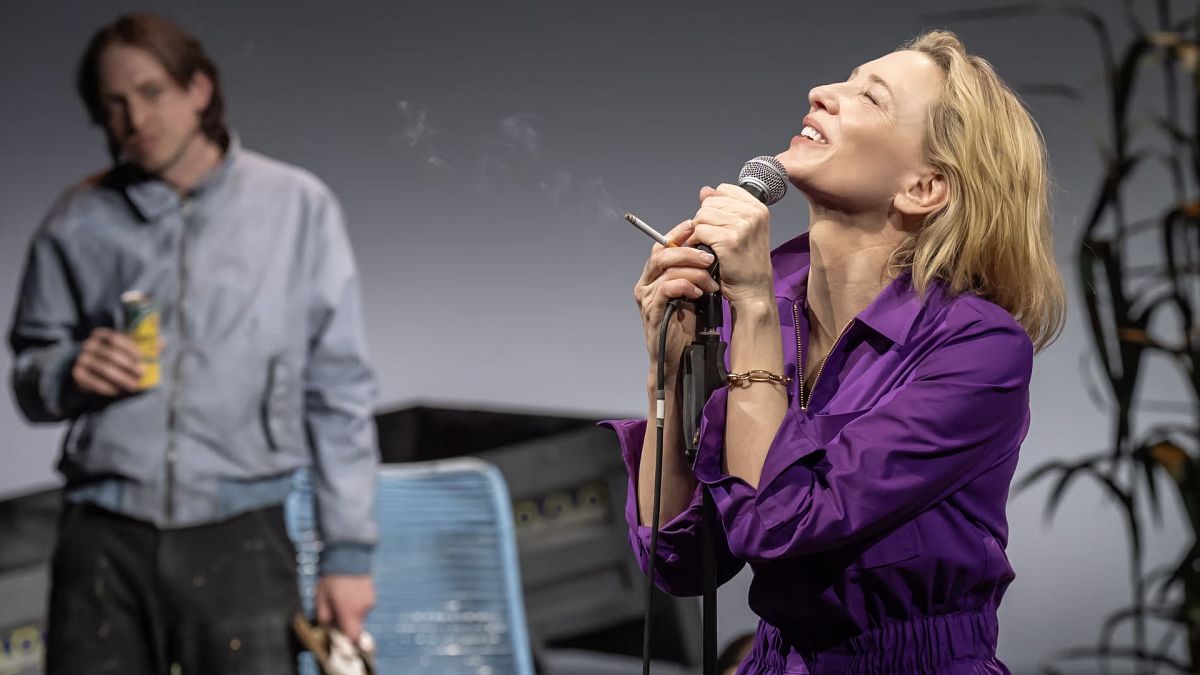
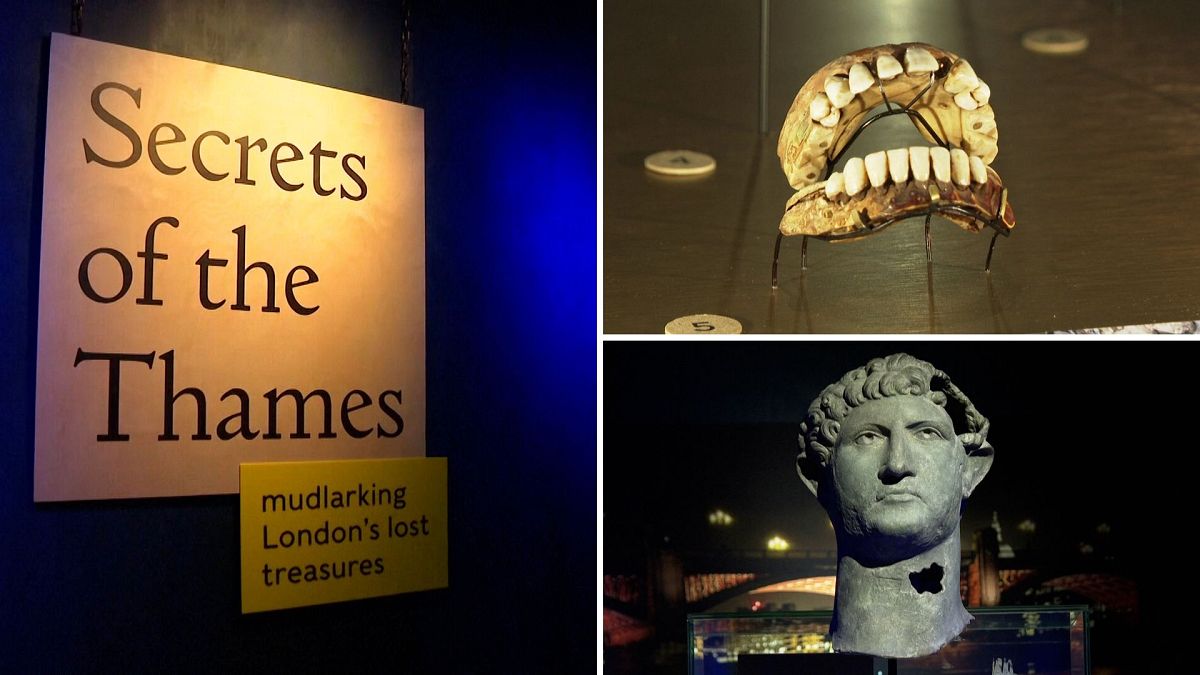

 We deliver critical software at unparalleled value and speed to help your business thrive
We deliver critical software at unparalleled value and speed to help your business thrive






 English (US) ·
English (US) ·